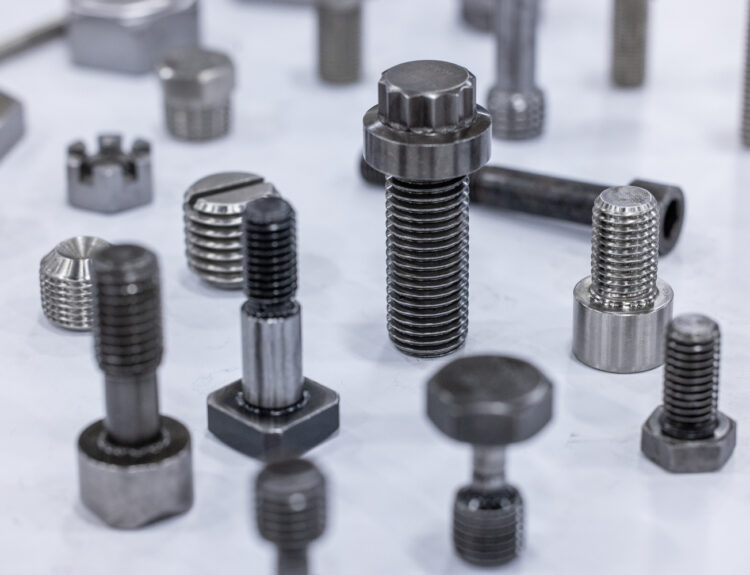Balloon payment car loans are a unique form of financing in the auto industry that can seem attractive due to their lower monthly payments throughout the term of the loan. However, this type of loan ends with a large, lump-sum payment due at the end, commonly referred to as a “balloon payment.” For people in the market for a new vehicle, it’s important to understand how balloon payments work.
Understanding Balloon Payment Car Loans
A balloon payment car loan is structured differently from traditional auto loans. While standard loans typically spread the cost of the vehicle evenly over the term, resulting in the vehicle being fully paid off at the end, balloon loans defer a significant portion of the total cost to the end of the loan period. This results in lower monthly payments during the term but requires the borrower to make a large final payment, which can often be thousands of dollars.
Benefits of Choosing a Balloon Payment Option
The primary benefit of a balloon payment car loan is the reduced monthly financial burden. This can be particularly attractive for buyers who need a car but are currently facing budget constraints or for those who expect a higher income in the near future. Additionally, balloon loans can allow buyers to afford more expensive vehicles than they might otherwise qualify for with a traditional loan, as the initial monthly payments are more manageable. So, if you see a new Volkswagen for sale but don’t have the monthly amount for a traditional loan payment, a balloon payment may be exactly what you need.
Risks and Drawbacks of Balloon Payments
The most significant risk associated with a balloon payment car loan is the large sum required at the end of the loan term. This can pose a substantial financial challenge if not planned for adequately. There is also the risk of depreciation; the car may not be worth the balloon payment due at the end of the loan, potentially leaving borrowers owing more than the vehicle’s value. Furthermore, if the borrower’s financial situation does not improve as anticipated, they may find themselves unable to make the balloon payment or forced to refinance the payment under less favorable terms.
Who Should Consider a Balloon Payment Car Loan?
Balloon payment car loans are best suited for individuals who have a clear and reliable plan for managing the large final payment. This could include those who have a guaranteed income increase on the horizon, such as a job promotion, or those who have other investments or assets that they plan to liquidate to cover the cost. It’s also a viable option for those who intend to use the vehicle for business purposes and might qualify for tax deductions on their payments.
Financial Planning and Balloon Loans
Effective financial planning is crucial when considering a balloon payment car loan. Prospective borrowers should not only assess their current financial situation but also project their future financial state to ensure they can accommodate the balloon payment. It’s advisable to have a backup plan, such as savings or access to other funds, to avoid the risk of financial strain when the balloon payment comes due.
Weighing the Pros and Cons
Balloon payment car loans can be a beneficial financial tool for some buyers but pose significant risks that must be carefully considered. For those with fluctuating incomes or uncertain financial futures, exploring other financing options might be prudent. As with any financial decision, it is essential to fully understand all aspects of balloon payment car loans and consider personal financial stability and future prospects before committing to this type of loan.



